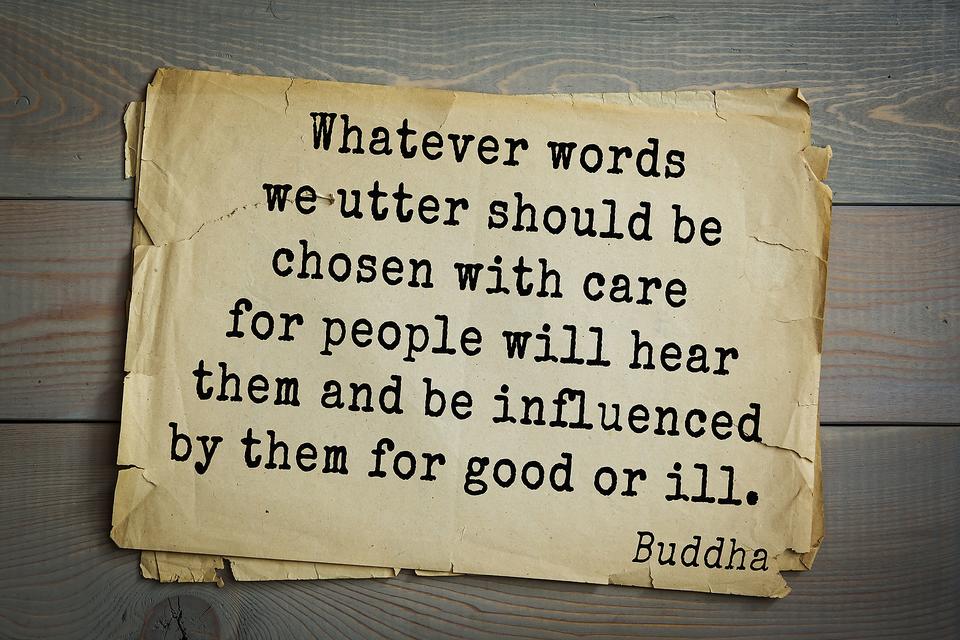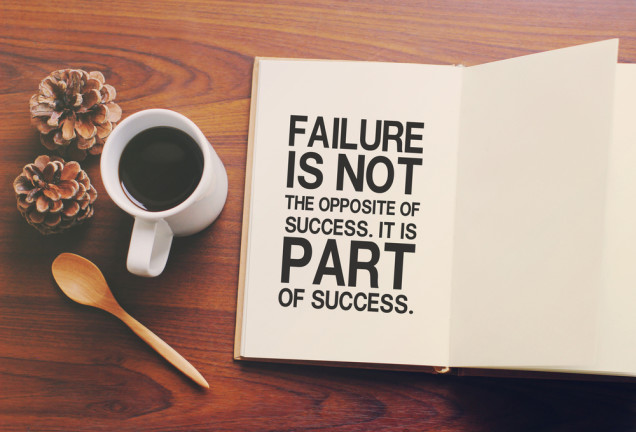I learned the right way to create good friction. That is the only way business can move forward.

Make waves, don’t drift with the current.
Over the last few years I have realized a few things about myself. I used to be trouble, always the dissenting opinion, always had to be on the opposite side of everyone else. Then, I started reading, everything I could get my hands on dealing with “how to change your attitude”, “how to be a better team player”, etc. Over the course of that time I realized something. I realized that there was nothing wrong with me, only something wrong with how I communicate. Unfortunately, once someone sets the context of who you are, they will never see you as anything else. I was labeled a troublemaker by those who didn’t want to “rock the boat” and that was that. In my readings of books and articles by some of the most prominent technical leaders, they all had something in common. Paraphrasing of course, they all said “you can’t innovate and change the world by doing the same thing as everyone else.” So, in actuality, it wasn’t me, it was my communication style. You have to say it out loud, “I will make waves.”
Physics
There are two things I reference in physics about making waves.
- “A ship moving over the surface of undisturbed water sets up waves emanating from the bow and stern of the ship.”
- “The steady transmission of a localized disturbance through an elastic medium is common to many forms of wave motion.”
You need motion to create waves. How big were the waves when the internet was created? Facebook? Just think about the natural world and there are examples everywhere that follow the innovation pattern. You see it in the slow evolution of DNA and then, BAM, mutations disrupt the natural order and profoundly impact that change.
Communication
Where I was going wrong was, ironically, the focus of my career now, Data. For those who do not know me, I am a product director, primarily in the analytics and data space. More simply:
For the data generated or consumed by an organization, I build products and services that leverage that data to generate revenue, directly or indirectly through the effectiveness of the same.
I was making the mistake of arguing without data because “I knew everything”. Another ironic thing about what I do is that if you work with data long enough you realize you know nothing. You have educated guesses based on data that, if applied, give you a greater chance of determining the next step in the path. To bring this full circle, arguing without data is like not knowing how to swim. You make waves, go nowhere and eventually sink. But add data to your arguments and you create inertia in some direction and you move forward (or backward, we will get to this in a min).

So, how do you argue effectively? First thing is to make sure that you actually care about subject. Don’t get involved or create discussions if you don’t care about the impact. As a product manager, when I speak to engineering, one of my favorite questions is “Why do I care?”. That one question alone can have the most impact on an organization. If I am told there are business reasons for a certain decision and I don’t agree with the decision, let’s argue it out. Wait, what? You want to argue? So, back to communciation and understanding. “Argue” is one of those words with a bad connotation. When quite simply it could be defined as:
Argue: give reasons or cite evidence in support of an idea, action, or theory, typically with the aim of persuading others to share one’s view.
Words matter. As many times as I have persuaded others to my point of view, I have been persuaded to change mine. That is where my biggest change has occurred. I now come into these situations with an open mind and data. If someone has a persuasive argument, I’m sold. It is now about the decision, not me. No pride.

Moving forward or backward is still progress (Failure IS an option)
The common thought is that you have to always be perfect and always be moving forward. “Failure is not an option.” When I hear that, I laugh inside because I consider myself a master of controlled failure. I have had the pleasure to work in some larger, more tech savvy companies and they all used controlled experimentation to make better, faster decisions. Making waves is a way of engaging the business to step out of their comfort zone and some of the most impactful decisions are born from dissenting opinions. There is nothing wrong with going with the flow but the occasional idea that goes against the mainstream opinion can be enough to create innovation and understand your business. And it is ok to be wrong. I am sure many of you have heard Thomas Edison’s take on the effort to create the first lightbulb. He learned so much more from the failures than he did from success.
” I didn’t fail. I just found 2,000 ways not to make a lightbulb; I only needed to find one way to make it work.” – Thomas Edison
It is important to test what you think will not work. Those small failures can be more insightful, especially when you are dealing with human behaviors. Humans are unpredictable at the individual level but groups of humans can be great tools for understanding.

Don’t be afraid
Turn your negative behavior into something of value. Follow these steps and you will benefit.
- Reset the context of your behavior (apologize for previous interactions, miscommunications) and for the love of all that is holy, be positive.
- State your intentions to move forward and turn interactions into safe places of discussion
- Learn to communicate alternative opinions and engage in conversation.
- Listen to alternative opinions with an open mind.
- Always be sure to provide evidence to back up your thoughts and suggestions.
- Rock the boat. Talk to more people. Be happy.




